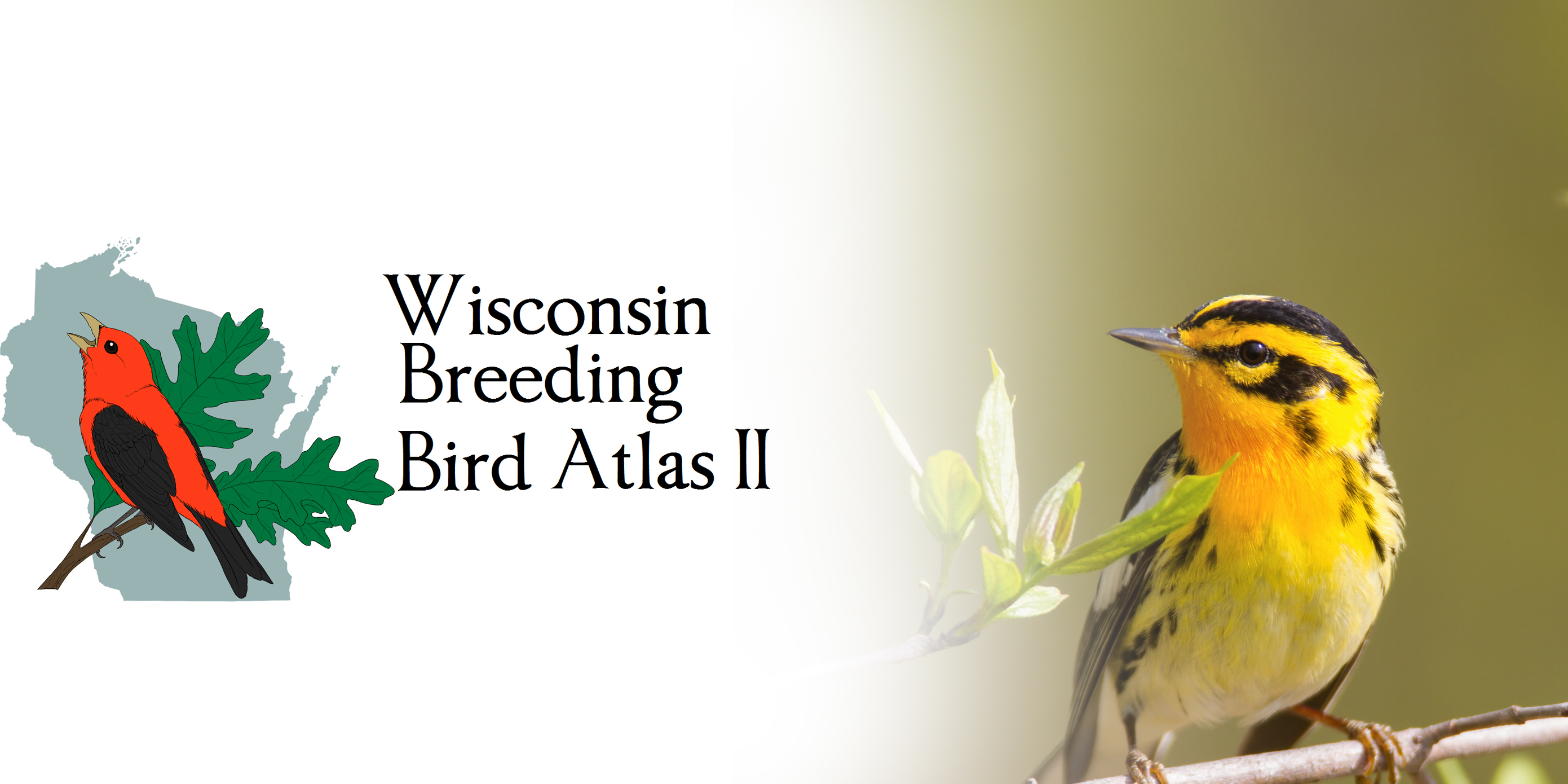While many birds can be found singing at the top of a tree in mid-June, others are more secretive, hard to detect by traditional means, or are rare and of conservation concern. For these birds, we are introducing a series of articles we're calling Species Survey Strategies. These will give you the information you need to be able to find some of the more interesting bird species that might be hiding within your atlas block.
- American Woodcock
- Boreal Residents (Spruce Grouse, Black-backed Woodpecker, Boreal Chickadee, Gray Jay)
- Irruptive Finches (Pine Siskin, Red Crossbill)
- European Escapes (European Goldfinch, Great Tit)
- Black Tern (Special 2015 Survey Protocol)
- Threatened Grassland Species (Upland Sandpiper, Henslow's Sparrow)
- Chimney Swift
- Common Nighthawk
- Secretive Sedge Meadow Specialists (Yellow Rail, Nelson's Sparrow, Le Conte's Sparrow)
- Rare Forest Raptors (Northern Goshawk, Red-shouldered Hawk)
- Colonial Waterbirds Part I (American White Pelican, Black-crowned Night Heron, Double-crested Cormorant, Great Blue Heron, Great Egret, Herring Gull, Ring-billed Gull)
- Colonial Waterbirds Part II (Caspian Tern, Common Tern, Forster's Tern)
